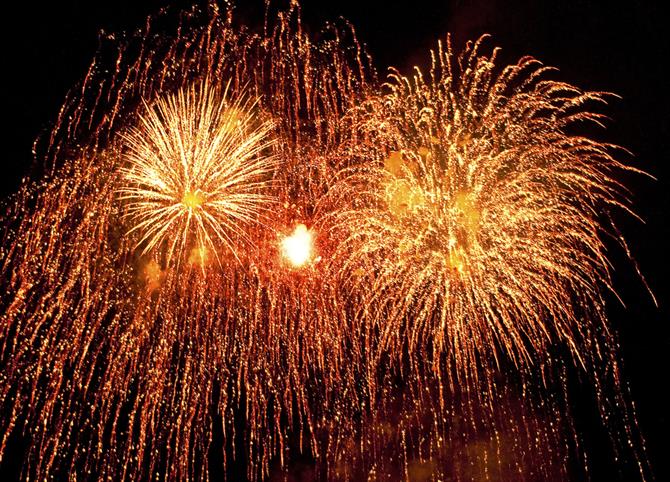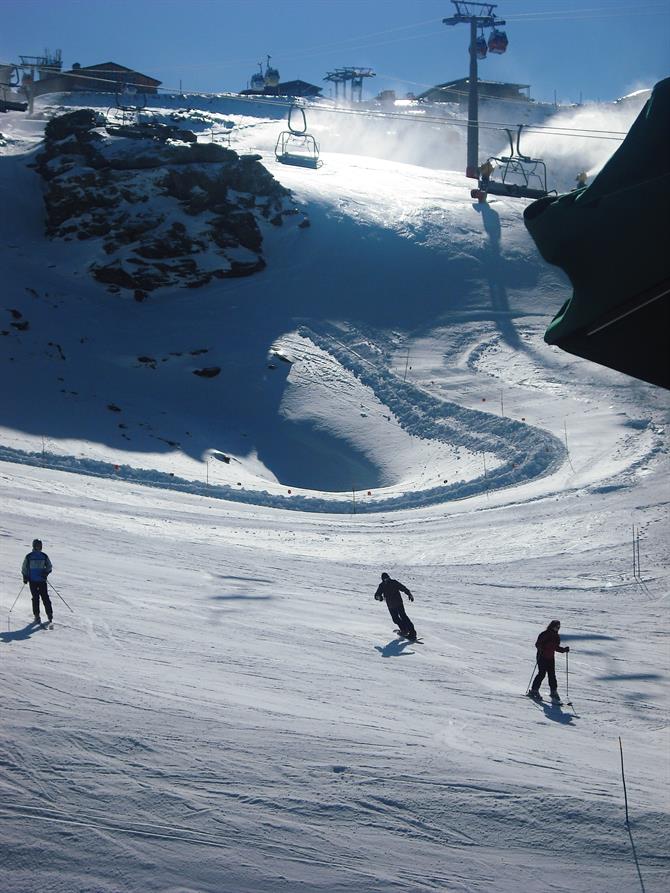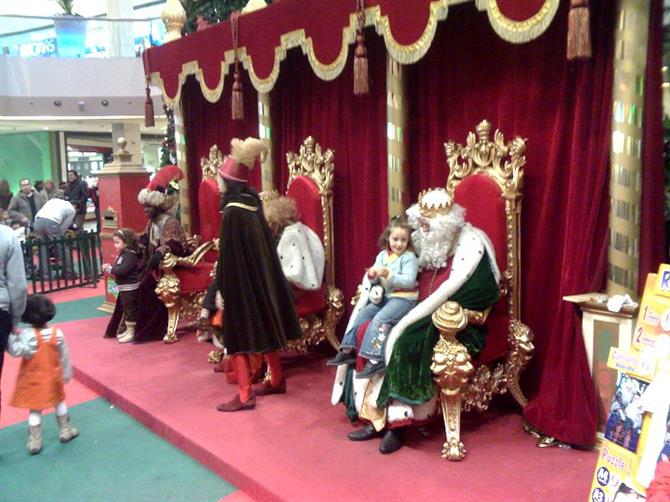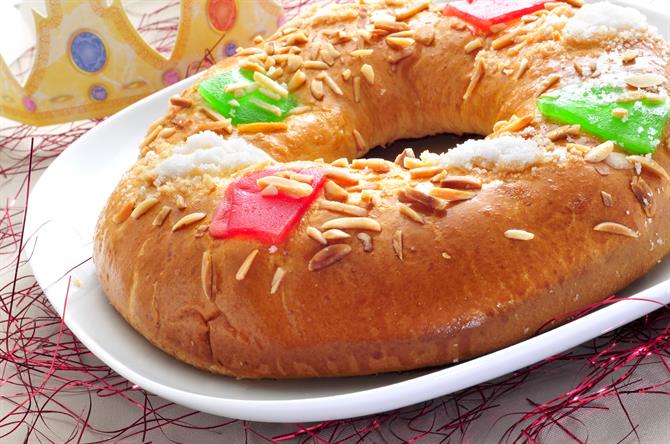
New Years Eve in Granada
New Year´s Eve is called Nochevieja in Spanish. The last night of the year is enjoyed by the Spanish who eat twelve grapes to celebrate at midnight. That´s one grape for each bong of the midnight chimes. If you try yourself you have to be quick to manage to eat them in time. Try with seedless grapes as it makes it easier. If you finish with the chimes you will have good luck for the new year.
On 31st December Fireworks fill the sky aorund Granada too. See the display in Granada at the Plaza del Carmen. Every year the mayor arranges a large firework show above the Town Hall. Live music follows the show and dancing goes on until the early hours.
Most people eat dinner at home on New Years Eve. They tend to dine at 10.30pm and dinner can go on way past midnight. The locals will leave the house after dessert to head out to party around 1am. So many bars will not open until 1am or a little later.
If you want to dine out on New Years Eve in a restaurant in Granada you will need to book ahead.
New Year in Sierra Nevada
Christmas and New Year is a great time to enjoy Skiing in the Sierra Nevada Mountains. New Year’s parties are popular. There is always a great atmosphere in the resort. Find out more detailed information about parties and dinners from the resort´s official website.
Most locations have a holiday in Spain on the 1st of January. Most businesses are closed and just a few restaurants will open for lunchtime on the 1st January, If you need to eat out at midday or on the evening of the 1st of January, you should plan ahead where possible.
The Toma of Granada
On the 2nd of January, The city of Granada has another holiday. This is a local holiday only in the city of Granada (not in the province). This commemorates the day of the Toma of Granada. Literally meaning the seizing or the taking of Granada. The Catholic troops were handed the kingdom of Granada from the Arabs on this day. This festivity is somewhat controversial and many locals would prefer it not to be celebrated. However in practical terms it´s handy to have two bank holidays together in the calendar.
If you want to see the event, it´s held at Granada Town Hall at midday each year. The service does not last very long, (around 30 minutes to an hour) The mayor waves a pennant from the balcony of the town hall . Each year there is march across the square with officers from the local military academy too.
A Spanish Christmas
From 2nd to 5th January You can still enjoy the last days of the Nativity Scene Route around the city. As Epiphany is very important in the Spanish Christmas calendar it really is Christmas right until the end of the 6th of January.

The Three Kings
On the 5th of January, the Calbagata de Reyes comes to town.
The city of Granada and other towns around the province have their Christmas parade. In Granada this procession moves steadily along Gran Via in Granada. There are around 20 floats and hundreds of dancers and actors in the parade. The three kings throw lots of sweets out to the crowd. This tradition has been going over 100 years in Granada and is one of the oldest in Spain. The first one in the city was back in 1912 and the Poet Frederico García Lorca took part in that first one.
Lots of different characters that make up the cavalcade. Elephants, Camels and pages who collect the childrens wishlists to pass onto the three kings.
In recent years more than 10,000 kgs of sweets have been showered over the Granada crowds.
To go to see this on January fifth in the early evening.
• It sets off around 5.30pm from Gran Capitán
• Then it heads along Calle San Juan de Dios,
• Over Gran Vía de Colón and then down Calle Reyes Católicos,
• It heads to Puerta Real and then onto the Plaza del Humilladero,
• It goes up the Carrera de la Virgen and beside el Corte Inglés
• Back to Puerta Real and up to Plaza del Campillo
• Then to Calle Reyes Católicos and ends in Plaza del Carmen at Granada Town Hall, this is usually around 10.30pm.
Duende Fermin
At the end of the Cabalgata or Kings parade in Granada, the Duende Fermin makes an appearance. This magical character comes out onto the balcony of Granada town hall. He introduces the three kings to Granada and warns children that they must go to sleep early if they want to receive their Christmas presents.
After this short speech by Duende Fermin a Firework display is let off above the town hall building.

Roscon de Reyes
Shops stay open until late on the 5th of January (until midnight) This is a perfect moment to buy your Roscon de Reyes. This typical cake is eaten on the 5th and 6th of January. It is a brioche style ring, decorated with candied fruit and sugar. The filling is white cream (nata) or crème patisserie (crema). Although recently other fillings are popping up on the bakers shelves, such as truffle or chocolate.
Be careful and look out for a surprise inside the Roscon. The Spanish answer to the sixpence or three penny bit is ´la haba´. They put a dried broad bean inside every Roscon. If you get this in your slice of cake, tradition says you´ll have to pay for the whole cake.
However if you get a King figure then you can wear the Golden Crown (made from cardboard) and will be King for the day. To avoid problems between brothers and sisters some families ask their baker to put in enough kings for all the children.
¨Si es el haba lo encontrado este postre pagarás más si ello es la figura coronado y Rey serás¨
So in Spain the Christmas presents arrive on the morning of the 6th January after the three kings drop them off.
If you have been naughty they will leave you coal instead of gifts. To make this tradition a little easier on mischievous children a sweet version is made from sugar as a warning.
